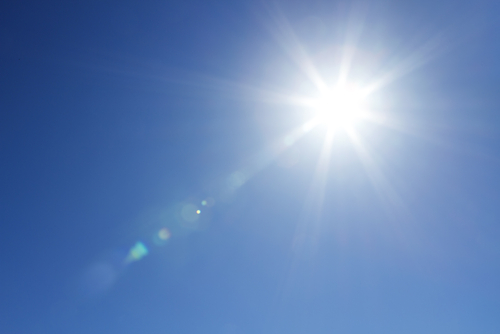Although Benidorm is located in the Mediterranean Sea slap bang in the middle of Costa Blanca and enjoys typical Mediterranean weather, it has a specific micro-climate all of its own. Thanks to being surrounded by mountains it enjoys higher temperatures and much clearer skies than other Mediterranean cities, as well as an impressive 325 days of sunshine per year. With bags of sunshine, very little rain, and an annual average temperature of 18°C (15°C in winter and 26°C in summer) , it’s unsurprising that Benidorm is an extremely popular holiday destination attracting weather weary tourists in their droves.
Like numerous coastal towns in Spain and many countries in the Mediterranean, Benidorm experiences dust and sandstorms. This meteorological phenomenon is due to hot winds blowing in from across the Mediterranean Sea and the Sahara Desert. They can occur any time during the summer and can make being outside tricky; people with respiratory issues should definitely remain indoors until these storms pass.
Benidorm has its surrounding mountains – Sierra Helada to the east, Aitana to the north and Tossal de la Cala to the west – to thank when it comes to being protected against the cold weather and winds coming in from the north. However, in terms of dust and sandstorms, these same mountains become a hindrance; retaining the sand and dust in the area until the pass by of their own accord.
Spring is the best time to visit Benidorm when it comes to lowering your chances of encountering dust and sandstorms, plus the weather is especially pleasant at this time of year, with the average temperature sitting around a comfortable 26°C and humidity levels favourably low. Dust and sand storms can still happen in spring but they are far more likely to roll in come the summer months.





